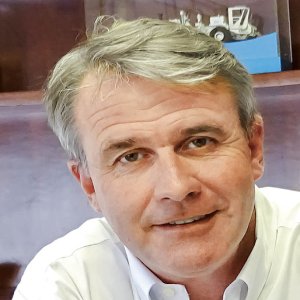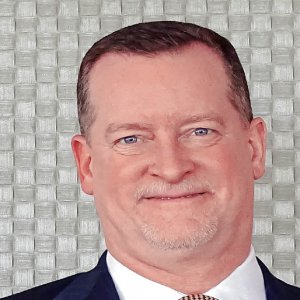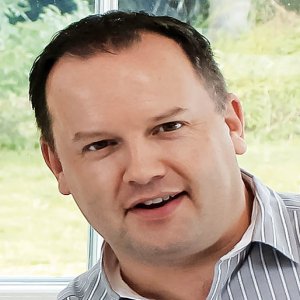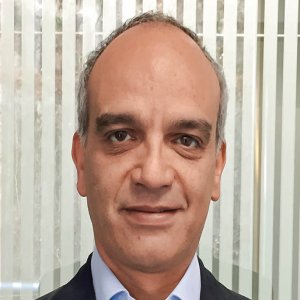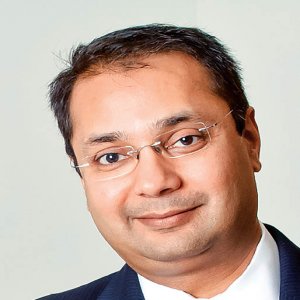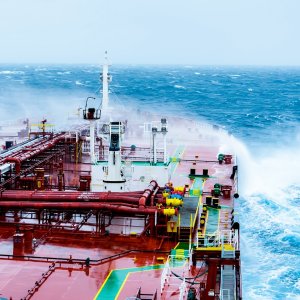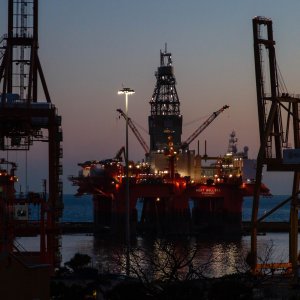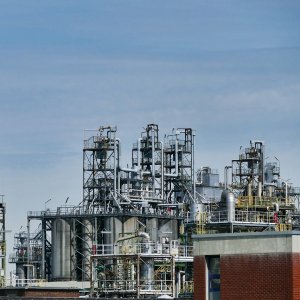Fulfilling Demand for Subsea Infrastructure

Fulfilling Demand for Subsea Infrastructure

STORY INLINE POST
Q: What opportunities does Round One bring for floating systems in Mexico?
BH: Deepwater is lacking in subsea pipeline infrastructure, creating a need for Floating Production, Storage, and Offloading (FPSOs), given their inherent storage capabilities. We therefore expect there to be a significant amount of demand for vessels with ten-day storage capacity. Mexico’s shallow water, however, have a well- developed pipeline system, meaning the preference will be for shallow water jackets or Floating Storage Offloading (FSOs), but not FPSOs. Therefore, we expect our FPSO business to be more related to international players entering Mexico to develop deepwater projects.
KI: For the past two years, we have been ensuring that our units will be up to IOCs’ standards by meeting with the individual oil companies that have expressed interest in the market and discussing ways in which we could work together from an early stage. We are also considering expanding this exercise to PEMEX. So far, we have had a 15-year-long charter with the NOC for the supply of FSOs, which ended in 2013. We also provided it with engineering information, services, and evaluations for increasing production.
Q: How do you see your strategy in Mexico moving more towards younger fields where the technological needs of PEMEX are wider?
BH: The big difference between the work we carried out on the Ta’Kuntah FSO versus Koo-Maloob-Zaap or other upcoming FPSOs is that the former was purely a FSO facility and we did not carry out any production onboard the unit. For the FPSOs that will be used in Koo-Maloob-Zaap or Ayatsil, we have to incorporate a production facility to cover all of the eventualities that could occur over the prospective field life. With that, it becomes a much more sophisticated unit than what we had previously in Mexico, and is more in line with what we have supplied for West Africa or Brazil.
Q: What role do FPSOs play in cutting costs for operators in this new offshore climate where the future is uncertain?
BH: We are looking to challenge the perception that FPSOs are expensive. All companies that provide FPSOs, MODEC included, know that these are extremely cost-effective solutions, and taking into consideration the equipment housed on a FPSO vessel, this complex piece of machinery is worth its price. Price may vary according to the type of field the FPSO is assigned to. If sweet crude is being produced, it can be a simple FPSO, but if operators have to deal with CO2 and H2S, have to treat the gas and water, and reinject the water, then the unit will be much more complex as it has to hold a variety of systems. Until we are given the bidding document that has the technical description of what we need to supply, it is difficult for us to provide a cost approximation. Complexity will drastically influence the price.
Q: Which elements in your operational philosophy do you believe provide a unique advantage for MODEC in the FPSO market?
BH: At times, there are gaps between the MODEC specifications and the client specifications we get in a tender package. We believe that this is the band where costs are added, as some of the oil company specifications may not truly be needed, or were written when the oil price was much higher, and have not yet been challenged. In all of our projects, we are able to build vessels according to our client’s specifications, but we will always try to justify the gap between their requests and our suggested offering, trying to understand what is truly required. It is not uncommon for this research activity to lead to our clients removing certain requirements, because our proposition meets what they are looking for from a technical, quality, and HSE point of view. By discussing options with our clients, we usually reach a lower CAPEX than they would have expected. Part of that goes back to pre-FEED and FEED stages of a project. When an oil company like PEMEX approaches an engineering firm to obtain a FEED, it gets an engineering solution. Although there is nothing wrong with that, it lacks the perspective of an operator. It would be much more cost-efficient for the company to initiate a FEED competition between the different players in the industry, like MODEC and its competitors, based on a set of functional specifications. This would allow us to input our knowledge and save the oil company both time and money.
